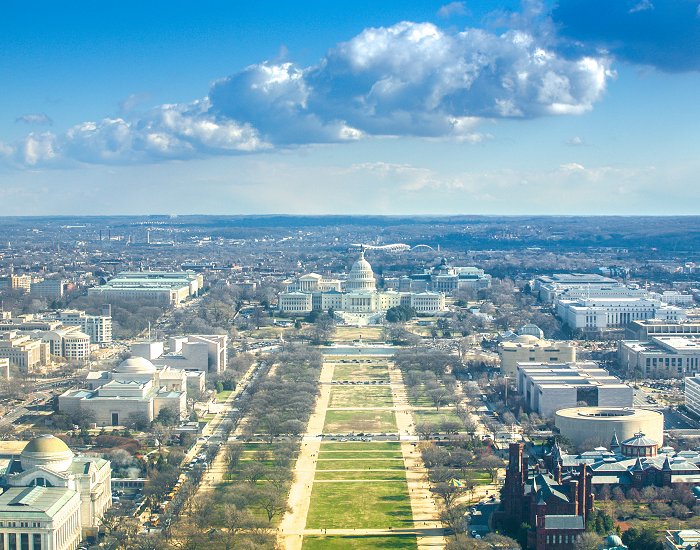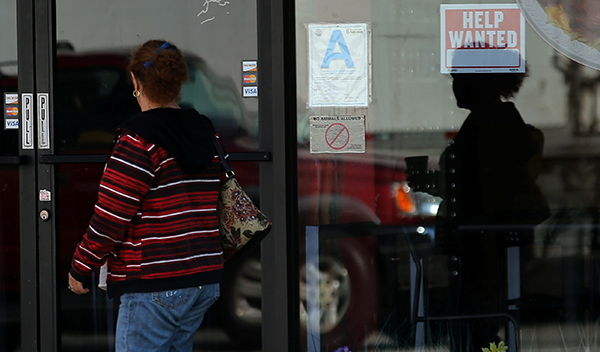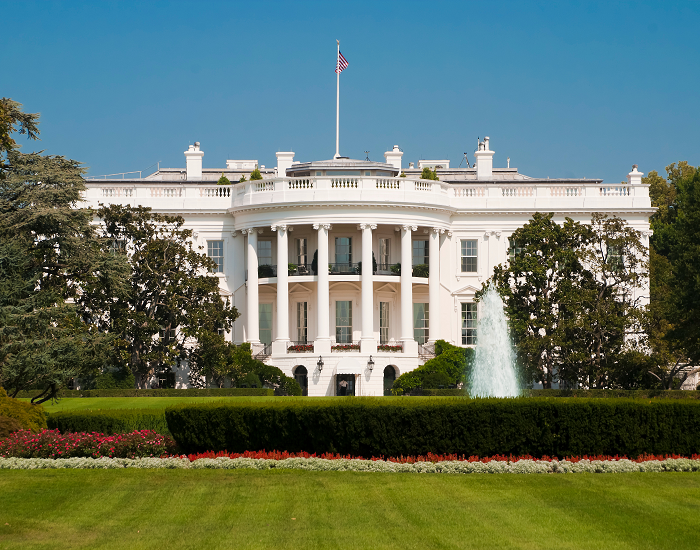Welcome to Our Research Archive
Search and filter by content type, issue area, author, and keyword

July 26, 2023
How Worker Benefits Turn into Welfare
…paid during the pandemic, whose costs were added to the deficit instead of being funded by state and federal payroll taxes. With temporary pandemic programs now expired, liberal policymakers propose…

July 17, 2023
The Latest Extraordinary Findings on Pandemic Improper Payments
A recently released US Government Accountability Office (GAO) report benignly titled “A Framework for Managing Improper Payments in Emergency Assistance Programs” serves as a forward-looking guide for policymakers responding to future emergencies….

June 27, 2023
House Republican Plan Penalizes Marriage
…than 50 percent national caseload decline following the 1996 reforms, meant that within a few years the average state had effectively no work requirement. So lawmakers included a simple update to the caseload reduction credit in the 2006 Deficit…

June 16, 2023
The Missing Context Behind “Cuts” in Fast-Growing Welfare Programs
…Bill, lawmakers should recognize that the debt limit negotiations lacked important context. While the debate often focused on comparatively modest reductions in benefit receipt, it totally ignored significant and ongoing…

May 31, 2023
Ending the Small Checks Scam
…“work participation rate,” an adult must be on TANF, which paid monthly benefits ranging from $146 in Mississippi to $862 in New Hampshire in 2020. Enter clever state lawmakers, who in the…

May 2, 2023
In Next Recession, Don’t Let Uncle Sam Be Uncle Sucker Again
…focus on containing federal spending, there could be constraints on how much Congress provides. How can policymakers best target future federal aid? They should start by ensuring states keep up their end…

December 9, 2022
“Automatic Stimulus”: How It Would Have Increased the Record Unemployment Benefits Paid During the Great Recession and Pandemic
…long-standing pattern of contemporary lawmakers determining when emergency benefits should be paid, some have proposed instead using unemployment rate “triggers” in the future to automatically turn and keep on such…

July 2, 2021
Addressing the Shortcomings of the Supplemental Poverty Measure
…the Supplemental Poverty Measure (SPM) has offered researchers and policymakers an alternative way of measuring poverty in the United States and assessing the effectiveness of antipoverty policy. The SPM addresses…